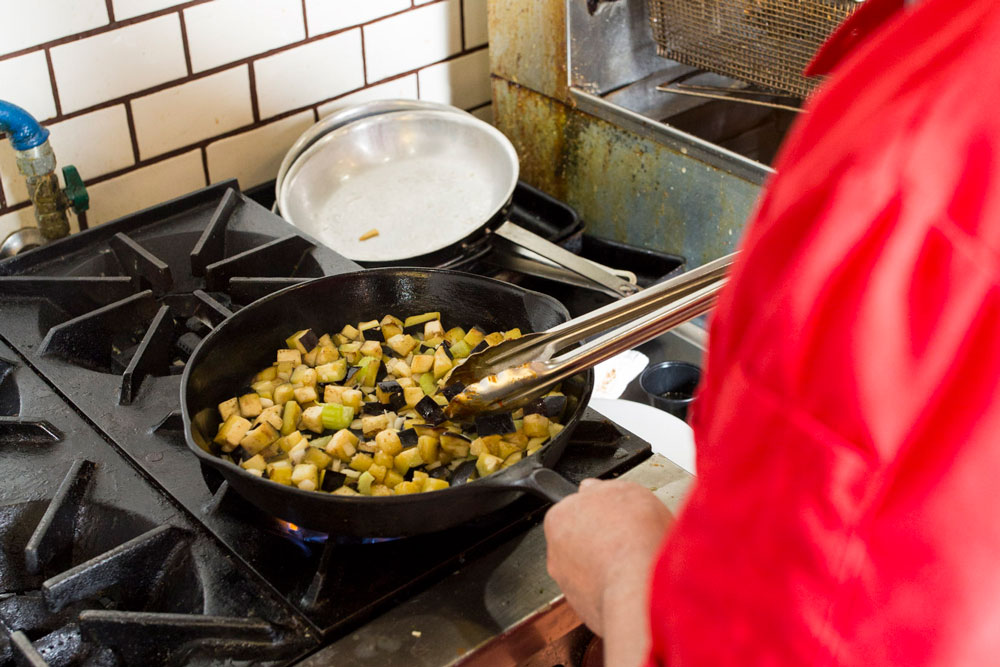Using high-quality olive oil in nearly every segment of your menu goes a long way toward improving your food quality across the board.
Olive oil may be the most critical and underappreciated ingredient in the kitchen of any pizzeria. When I was growing up, the aroma of meatballs frying in rich, high-quality Italian olive oil was the signal that Sunday dinner was being prepared and all was right with the world.
Needless to say, no Italian restaurant or pizzeria would dare use anything but the very best extra-virgin olive oil. Unfortunately, over time, rising prices and diminished quality has combined with a lack of understanding by both consumers and restaurant operators to set the stage for both inferior flavor and outright food fraud. For these reasons, I’ve moved towards using mainly fall-harvest California olive oil, which, in my opinion, represents the best combination of value, consistency and quality.
Treating olive oil as a key ingredient in your recipes—and not just a commodity purchase—can go a long way toward improving your food quality across the board. Sourcing the best oil from a reputable supplier is well worth the investment of time. You will find olive oil is perhaps the one ingredient that can be used in virtually every segment of your menu. When you make the right choices, olive oil can become the secret weapon in your culinary toolbox.
Dough
Olive oil serves many purposes in a pizza dough formula, influencing everything from the dough’s stretchiness to texture, crispiness and the flavor of the crust. John Arena says he adds “a substantial amount” of olive oil to his pizza dough.

Sauce
Olive oil isn’t just for drizzling. Arena recommends adding olive oil to your pizza sauce for additional rich flavor and mouthfeel.

Sauté
Although olive oil has a relatively low smoke point, it’s still a great oil for sauteing foods. Olive oil makes the other flavors in your sauteed dishes shine and helps the foods to better retain their nutritional value compared to other oils.

On pasta
For pasta entrees, olive oil can be used in almost any sauce, from a traditional marinara to pesto. “I love including it in a roasted red-pepper puree,” Arena says. “After dressing the pasta, I even finish the dish with a hearty drizzle of the highest quality oil..

On sandwiches
A drizzle of high-quality olive oil lends a richness to sandwiches that can make condiments unnecessary while adding a healthy dose of monounsaturated fats and antioxidants.

On pizza
Olive oil can be drizzled on top of your pizza before or after baking to add fragrance and another layer of a in each bite.

On focaccia
Every component of focaccia—from making the dough to the post-oven finish—is driven by a generous use of delicious olive oil. “Focaccia quite simply wouldn’t exist without olive oil,” Arena notes.

Over gelato
Olive oil lends artisanal flair to many desserts. Try using it as a healthy substitute for butter in your cakes, Arena recommends. “My recent favorite is to drizzle golden olive oil on vanilla gelato and finish it with flaked sea salt and fresh lemon zest—it’s a refreshing way to end a meal..
















